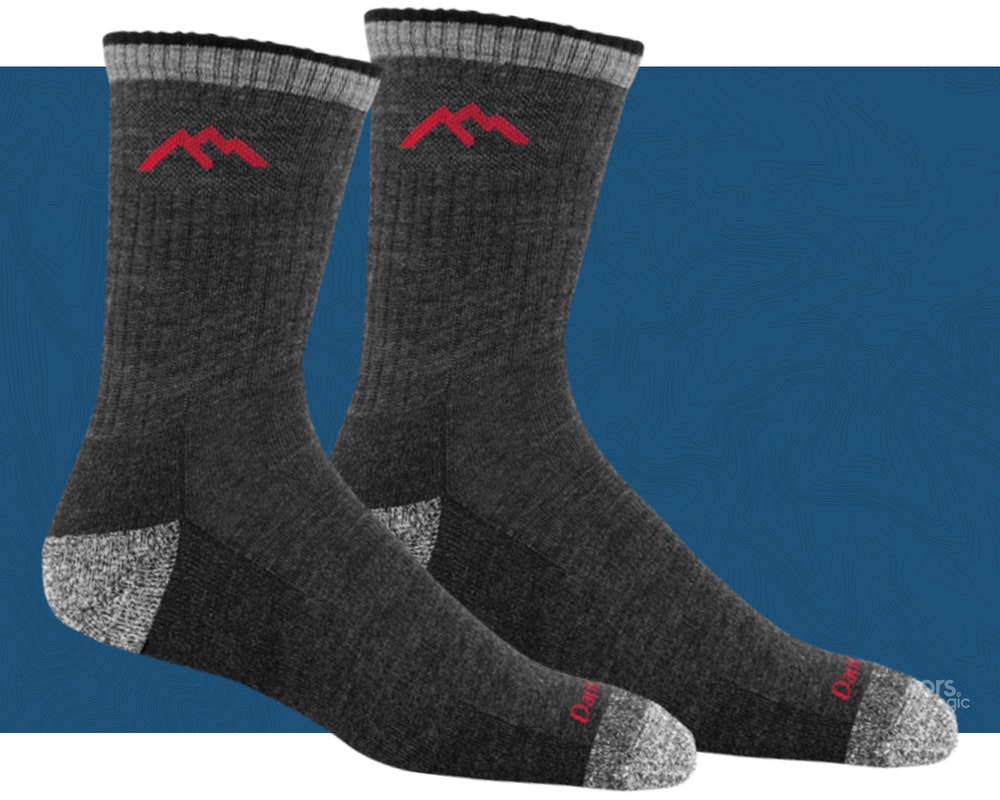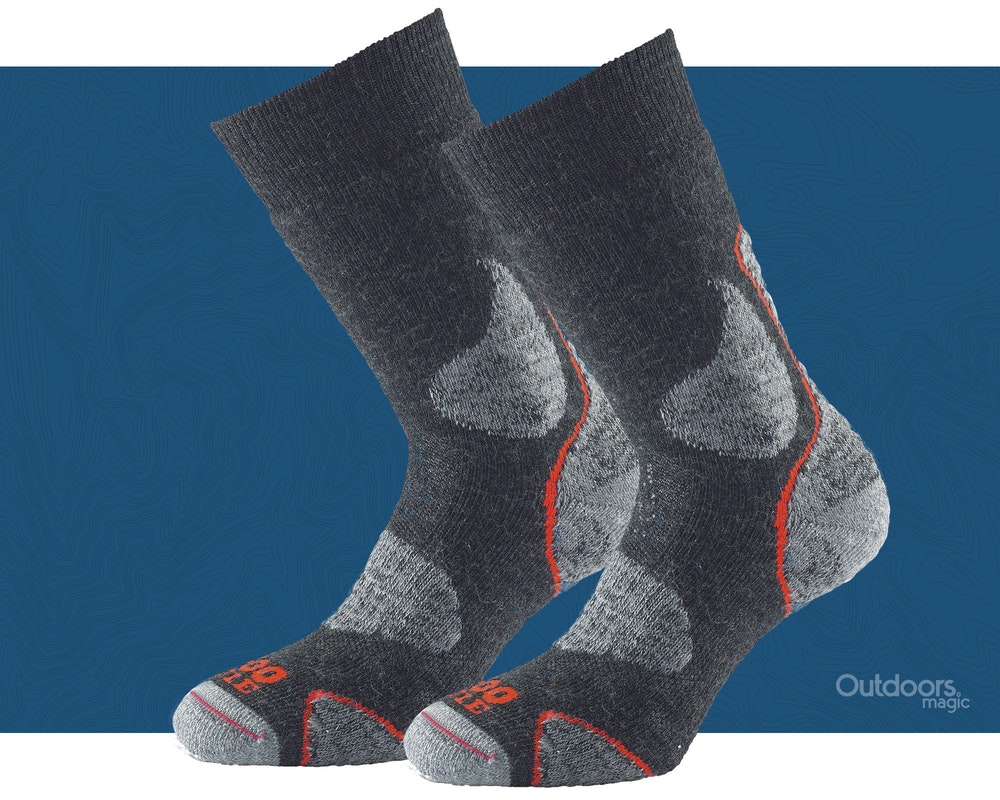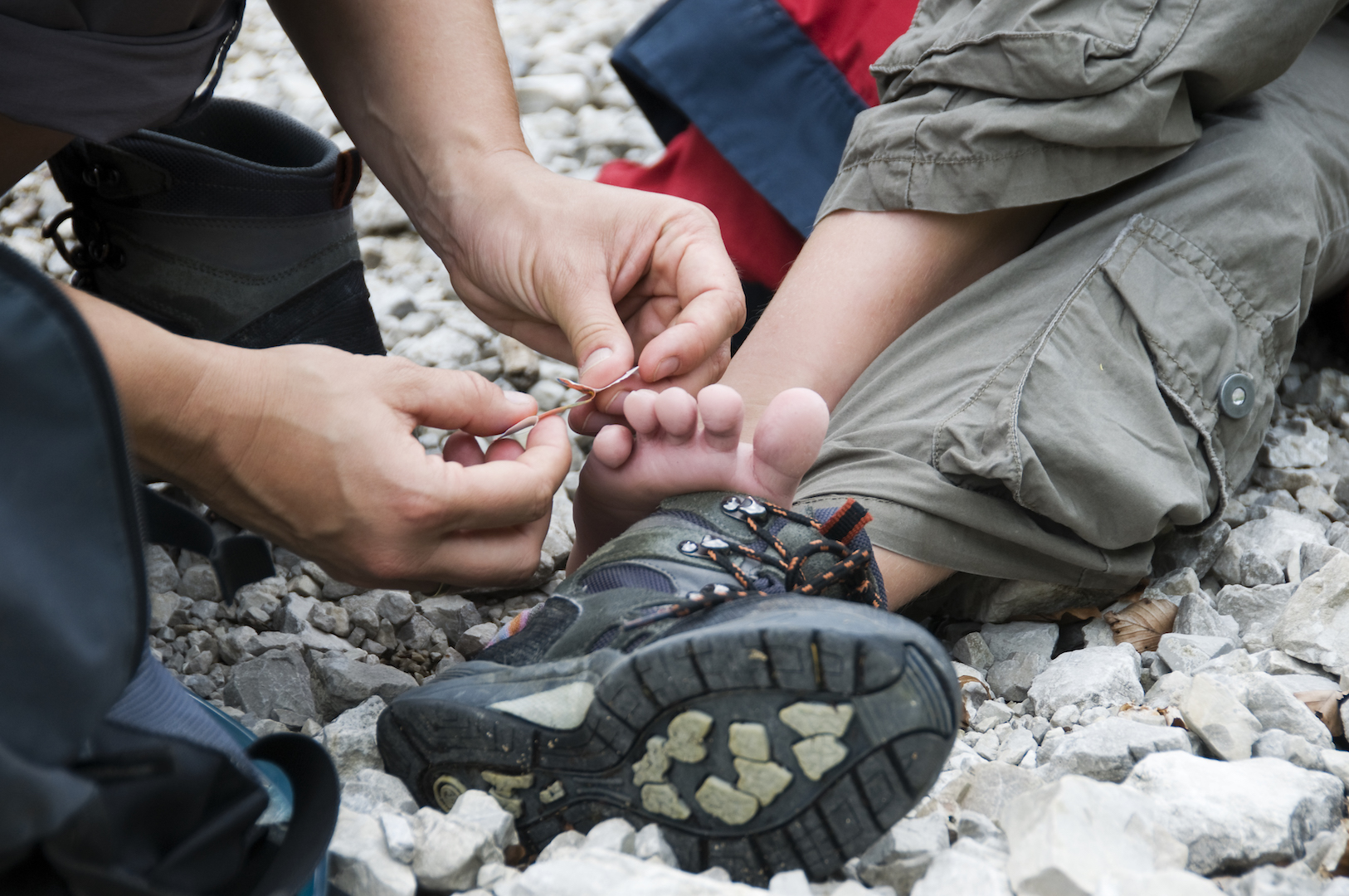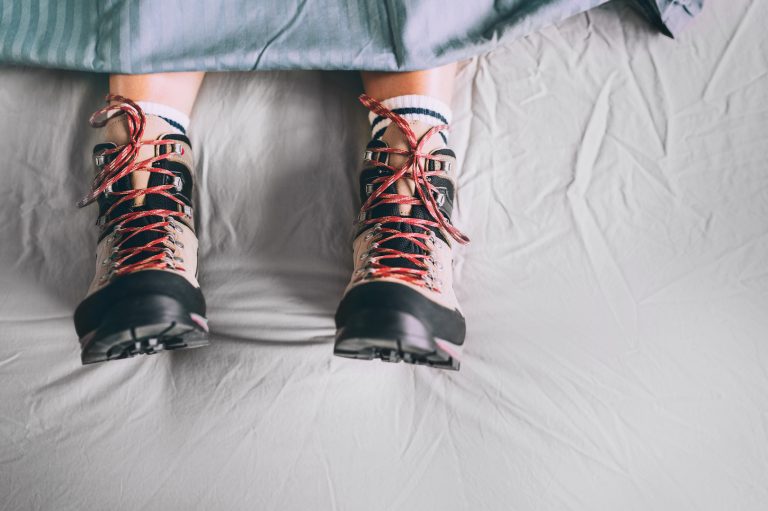Blisters can ruin a good walk, turning a great day in the hills into a painful slog. Fortunately, we’ve pulled together all our hard-earned hiking knowledge here at Outdoors Magic to give you a wealth of information on how to treat a blister, as well as advice on prevention.
‘A bit of preventative maintenance plus some simple first aid on the trail can ensure that you can keep walking mile after mile.’
Don’t set out on a long-distance walk before reading our essential guide to keep your feet in tip-top condition.
What Is A Blister?
A blister is a fluid-filled bump between the upper layers of the skin. Blisters develop to protect damaged skin and help it heal. When it comes to walking and outdoor activity, they often form from ‘hot spots’, caused by rubbing and friction. Most commonly, they occur on the heels, soles or toes of the feet.
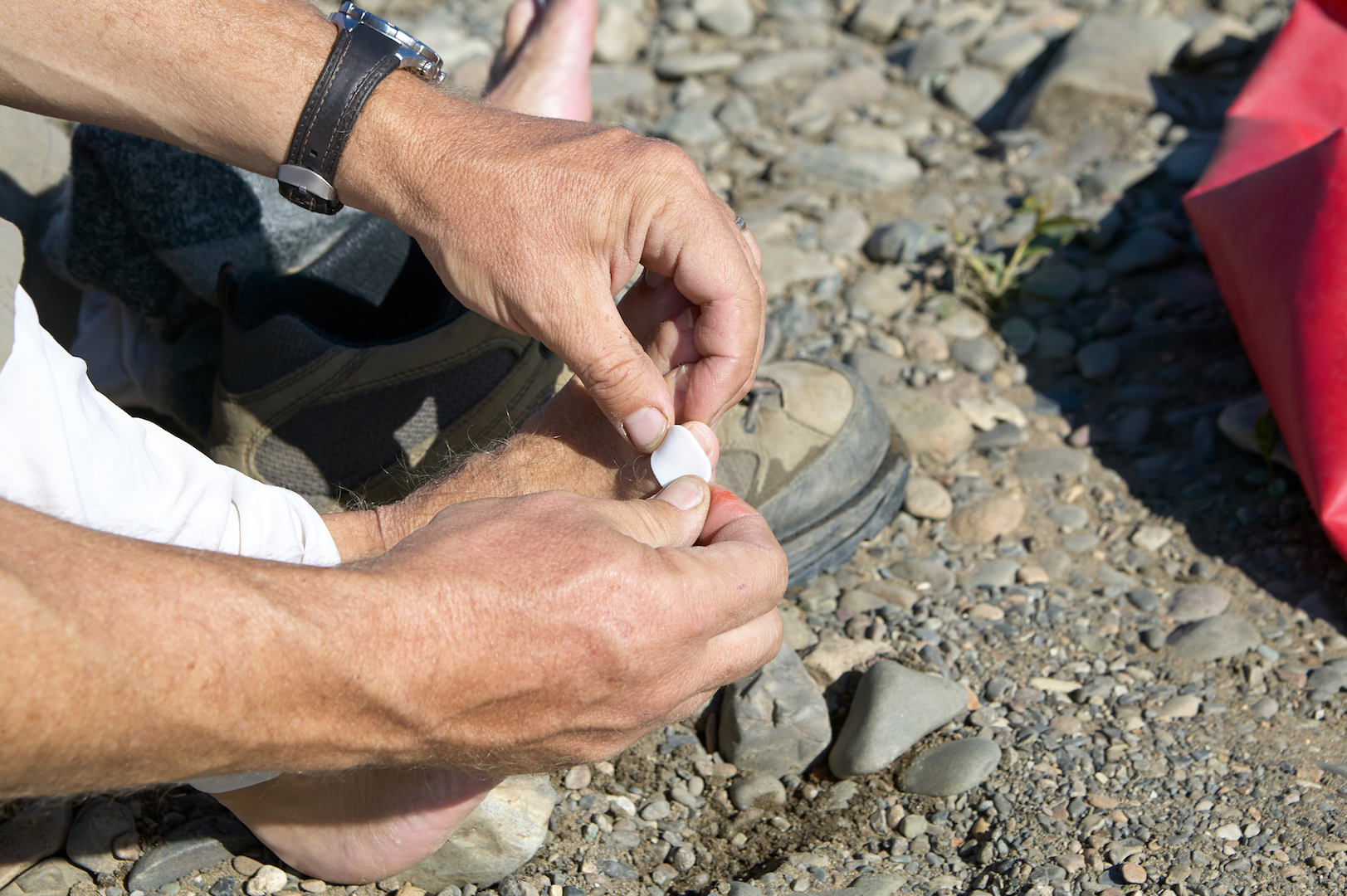
When walking, your socks and walking boots can rub against your feet. The thicker upper layer of your skin moves more than the sensitive inner layers, which causes the layers of skin to begin to separate. Continued friction leads to a void, which then fills with fluid to form a blister.
How Can I Prevent Them?
The best single piece of advice is to wear correctly fitting footwear combined with good walking socks. Your aim is to prevent areas of rubbing or friction on any part of the foot.
Best Walking Boots Reviewed
Best Walking Trousers Reviewed
Your walking boots or trail shoes should feel comfortable and must be properly broken in before you head out on that all-day hike. If you’ve recently bought new hiking boots or trail shoes, it’s always a good idea to break them in over a period of a few weeks by taking a series of short walks. This helps to soften them up so that they gradually mould to the shape of your feet.
If you’re planning a long-distance walk, putting in the training miles beforehand will also help your feet to toughen up. Soft feet that are not used to being in boots for hours on end are more susceptible to blisters. Similarly, make sure your feet are in good condition before you set out. Cut your toenails, and if you know you are prone to blisters, cover problem areas with micropore tape or a dedicated blister plaster.
Next, learn to lace your boots properly, so that your heel is properly secured. Loose boots can often lead to heel slippage, which in turn is a common cause of blisters.
Here are some useful ‘on-the-trail’ tips from OM editor Will Renwick…
Keep Your Feet Cool And Dry
It’s also important to allow your feet to breathe. Blisters are often caused by sweaty feet, so wear wicking socks that will move moisture away from the skin. Some walkers find that dusting their feet with talcum powder before putting on their walking socks can help to prevent sweaty feet. Others tend to wear two pairs of socks – a thin liner pair to wick away sweat, and a thicker outer pair for cushioning.
You’ll also find that a wide variety of products are available, from waxes to powders, which claim to prevent blisters. Essentially, they are all designed to ‘lubricate’ the feet and therefore minimise the chances of rubbing or chafing. These may work for some, but we’ve always been a little sceptical here at Outdoors Magic. Our advice is to focus on feet, socks and footwear before reaching for the lotions and potions.

